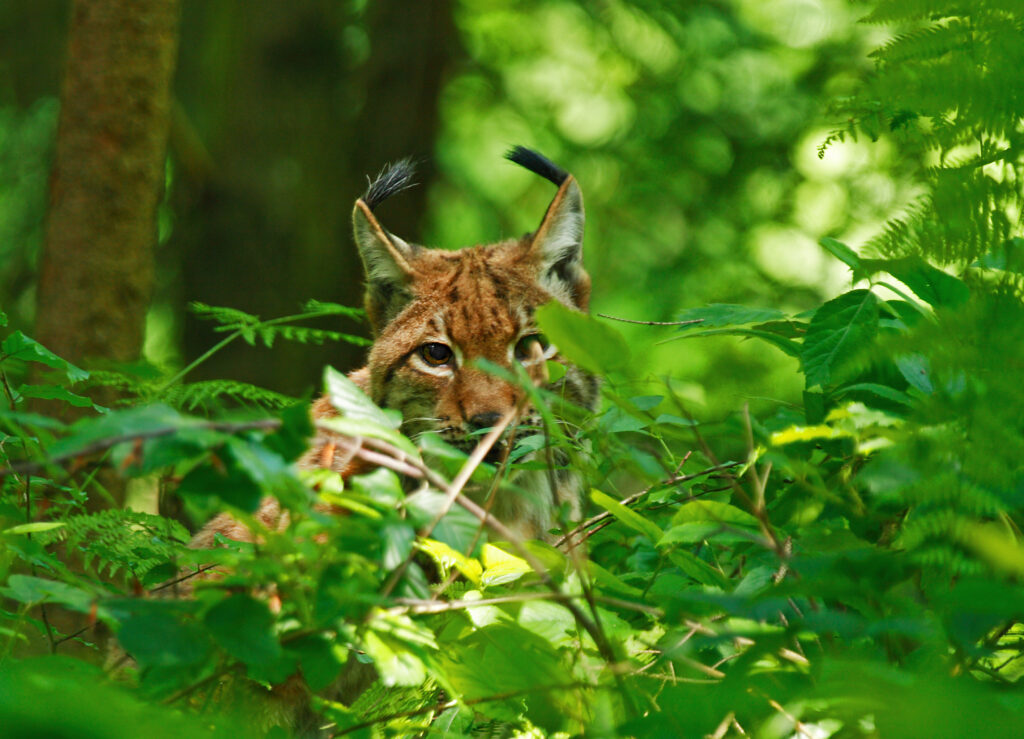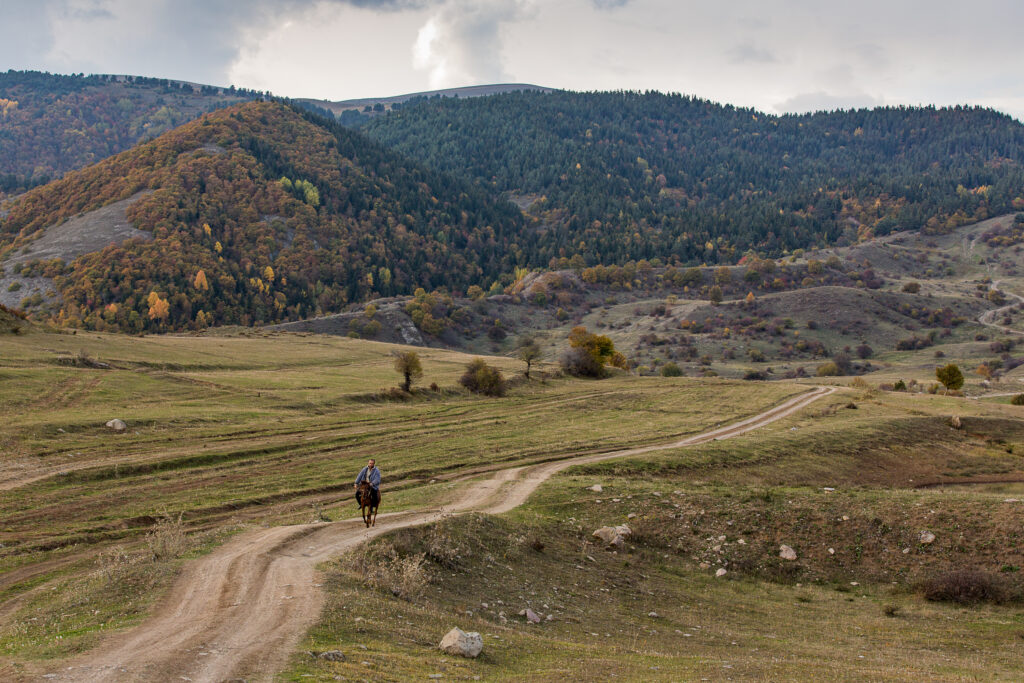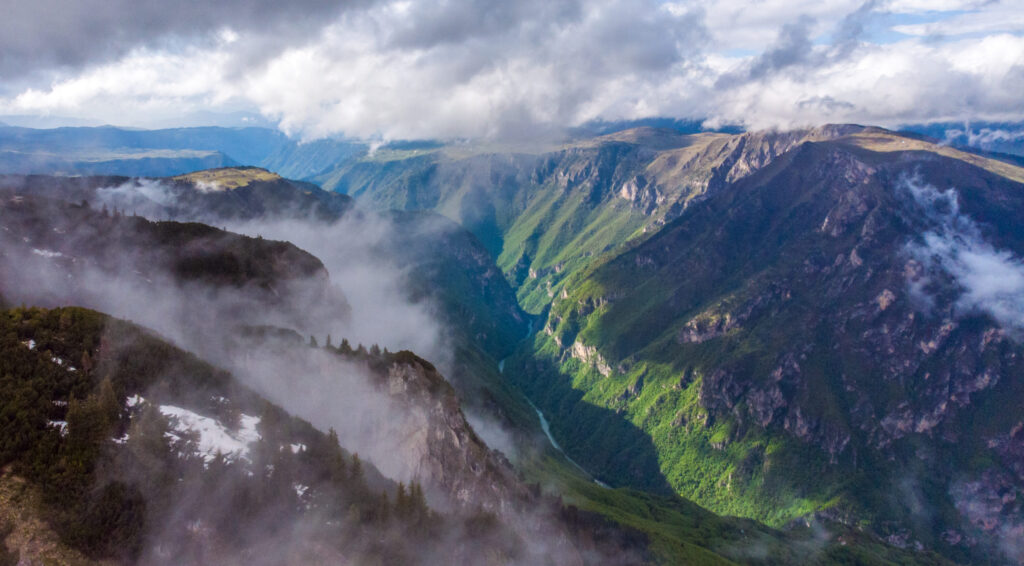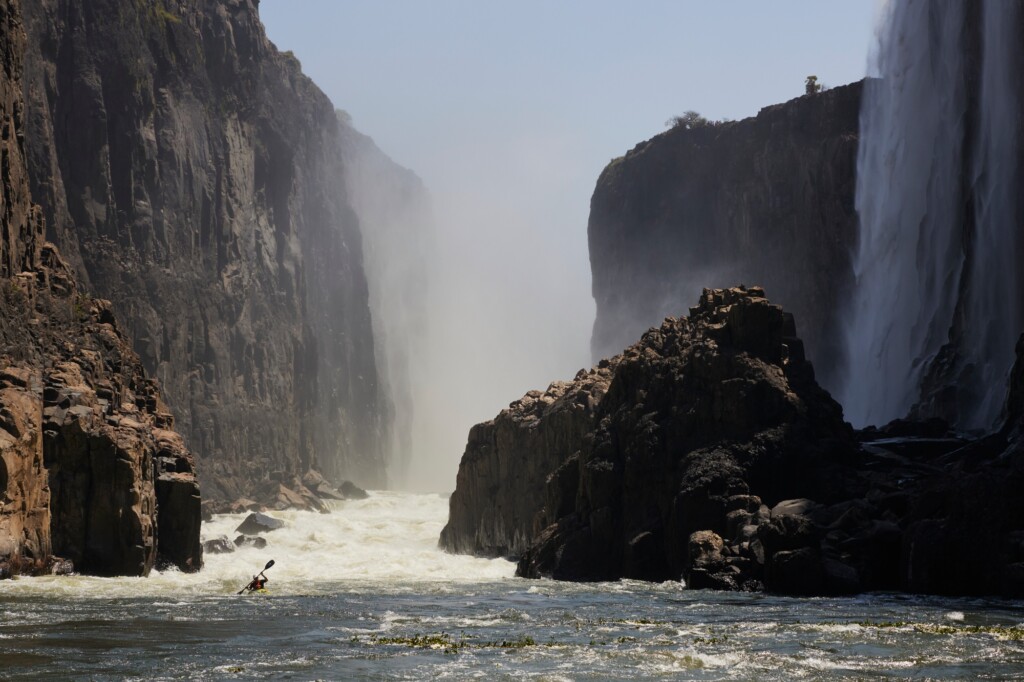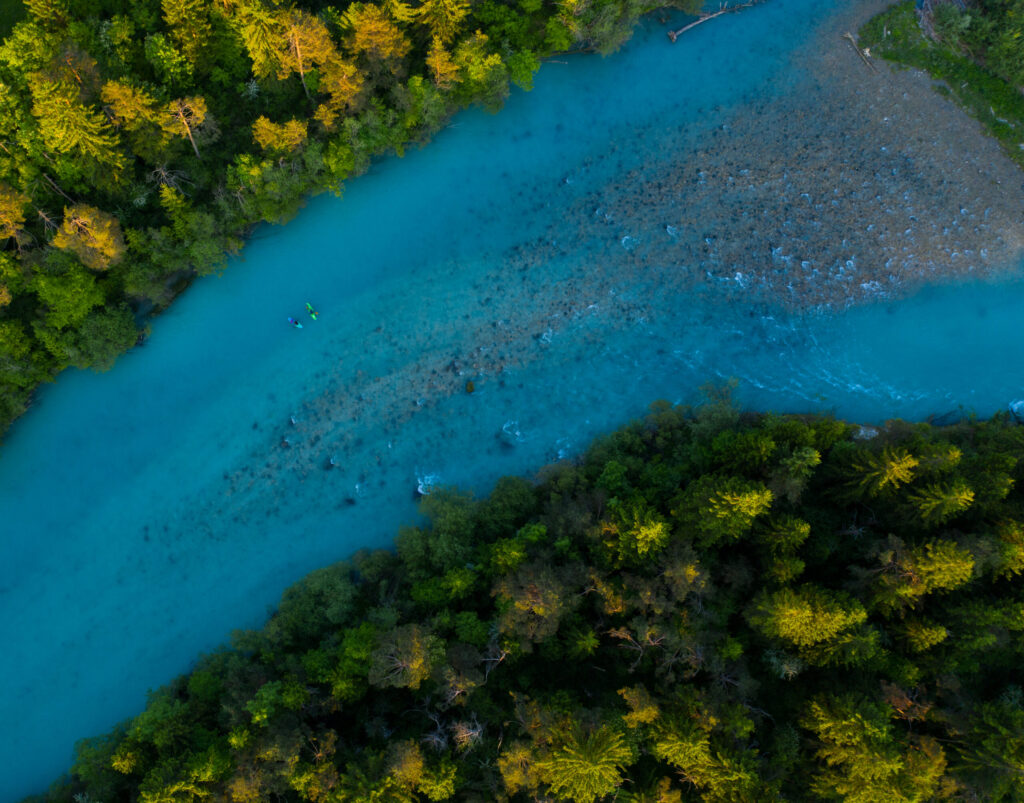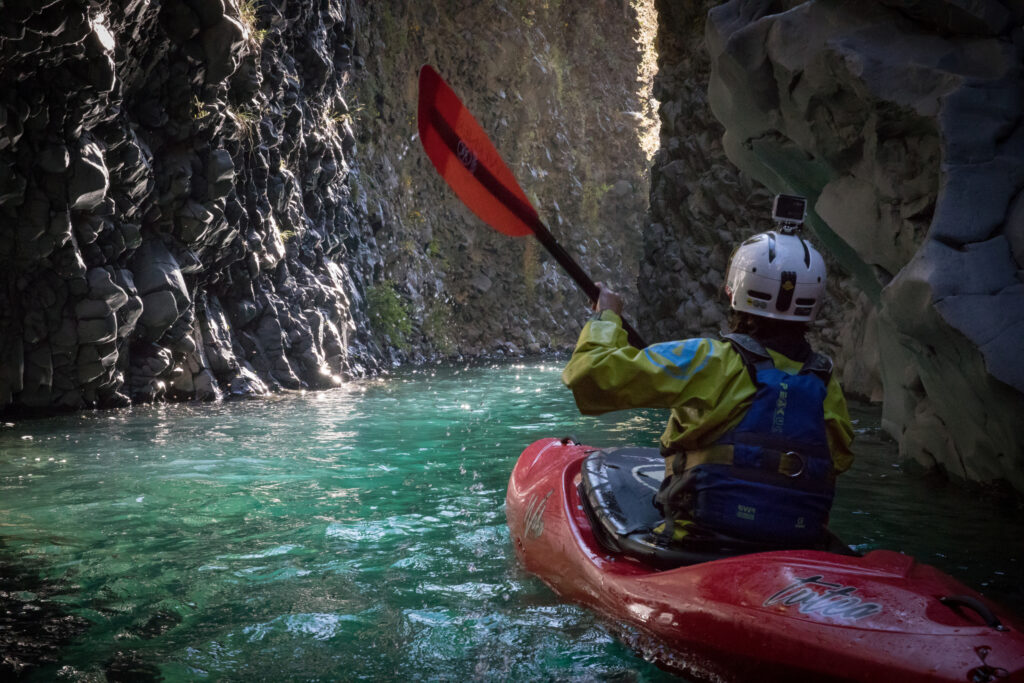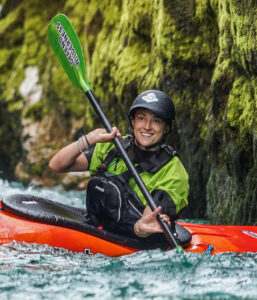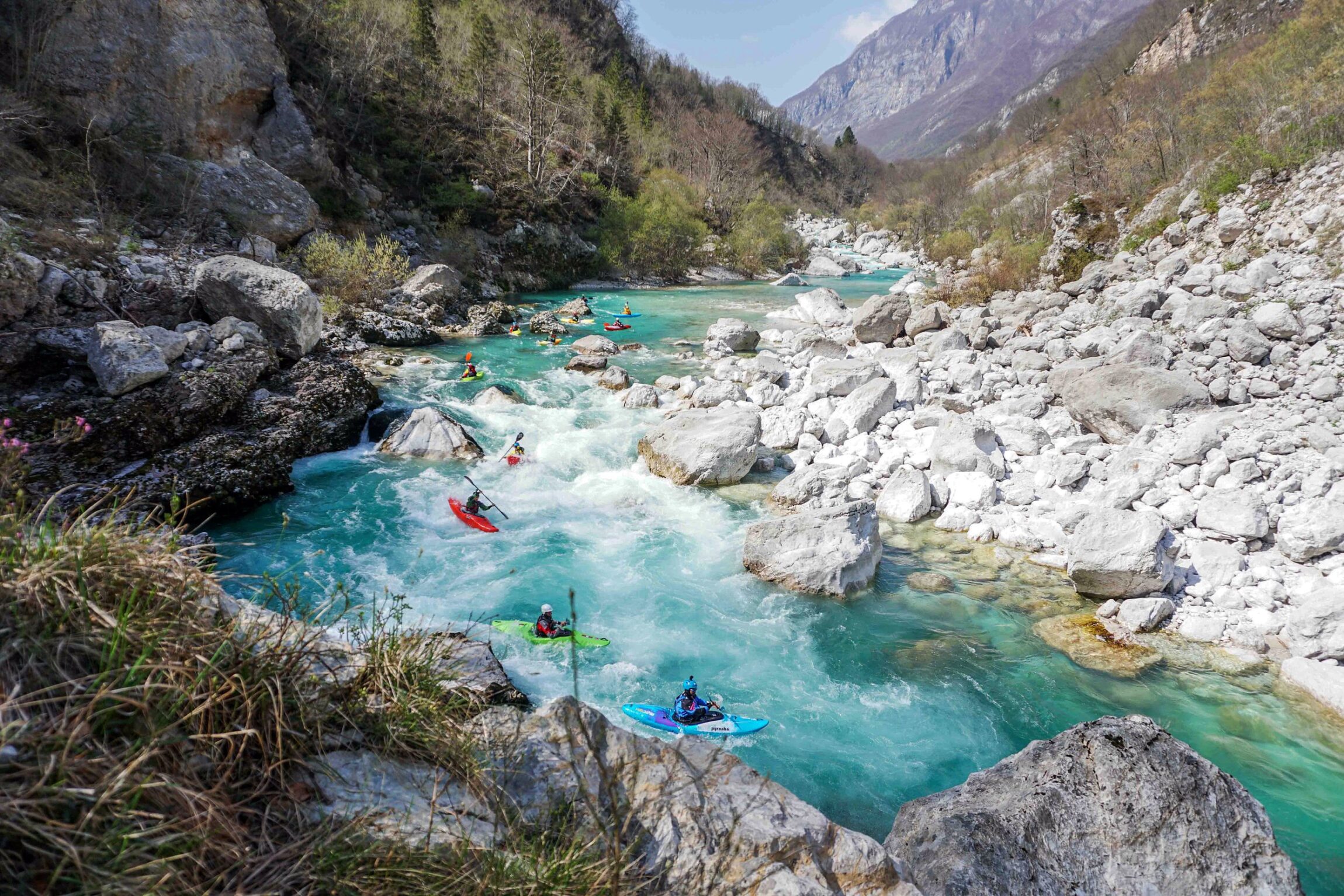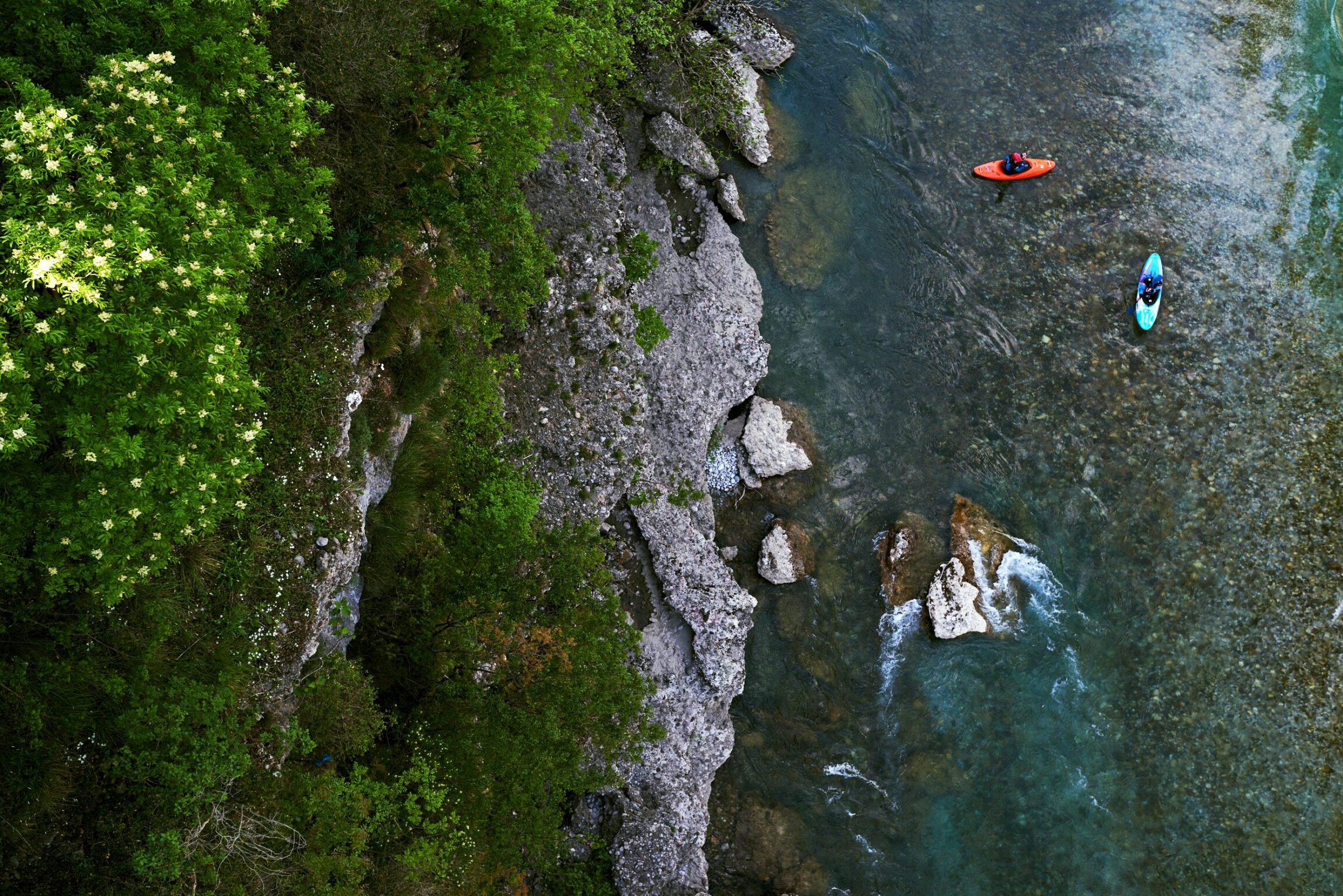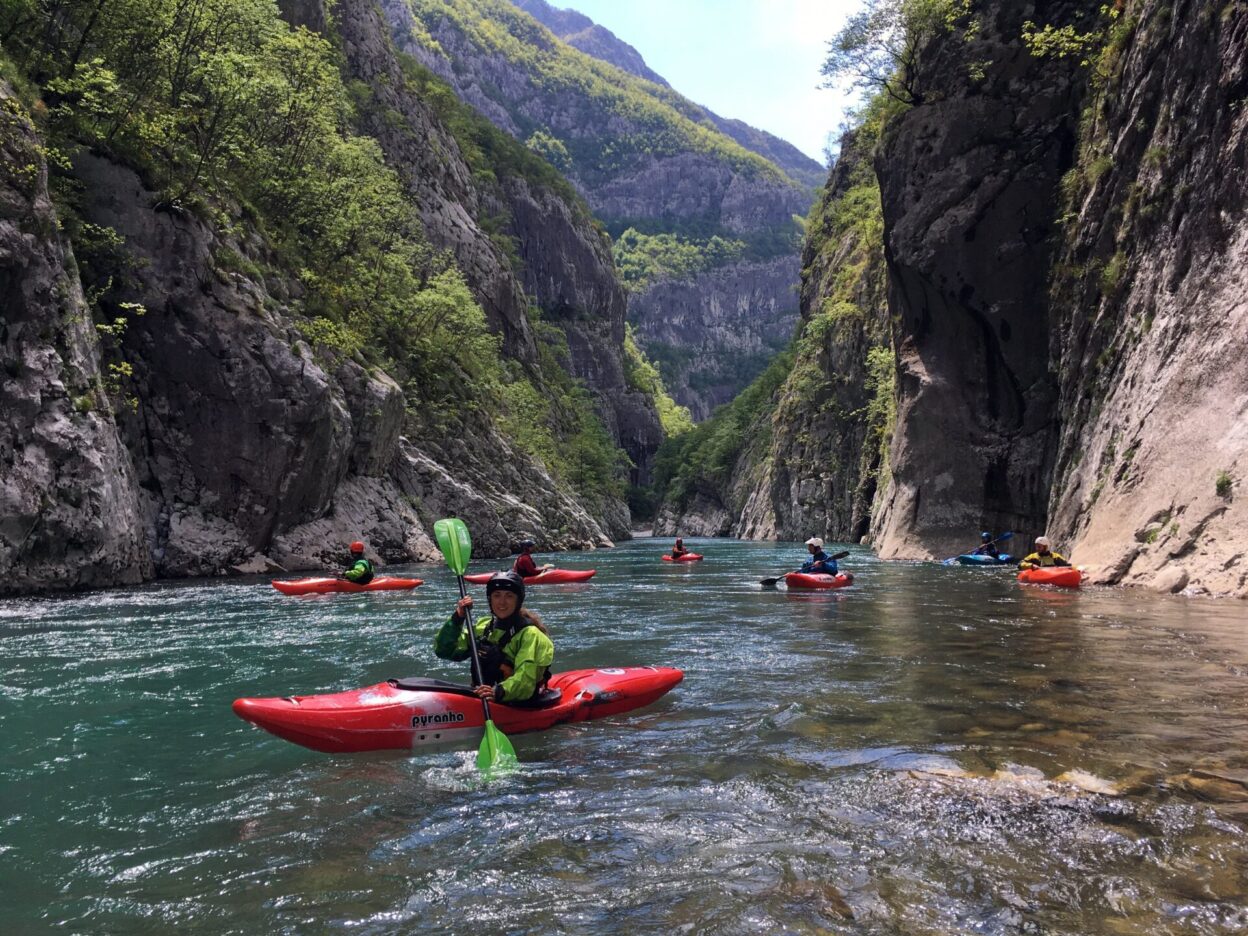It took me many years of a lifestyle deeply connected to the environment – rivers specifically – for me to wake up and take action. From canoe trips as a child in Canada, to kayaking and raft guiding through university, to my current profession as an adventure sports writer, the more time I spent on rivers the more fragile they seemed. I watched a river I paddled as a kid get dammed and destroyed; I participated in public meetings to protect a tributary of my home river from a dam and diversion. It was increasingly clear to me; the places I was privileged to enjoy from the seat of a kayak, need to be defended. With hydro projects and their destructive dams threatening the whitewater playgrounds I cherished, I felt a desire to try to protect the rivers that are so central to my life as a kayaker.
Luckily, I ran into a dedicated group of Slovenian kayakers, climbers, filmmakers and photographers. Their response to the threat of a multitude of dams planned to be built on rivers in the Balkans was to combine whitewater kayaking, storytelling, and direct action. They blurred the lines between paddling, protesting, and media attention. Their annual kayaking and conservation tour – Balkan Rivers Tour – turned into the largest river conservation action in Europe. International media exposure, bright kayaks and peaceful protests helped prevent the construction of six dams, pressuring private investors and EU funding sources to back out.
This river conservation movement in the Balkans is special, because it addresses the root of the problem. These activists aren’t demanding more regular dam releases for kayaking. They are trying to stop dams – on rivers from Slovenia to Albania – before they are built. Through engaging and entertaining media, they are working to change the common perception that hydro-power is completely clean, green energy. They prompt people to ask the question: to whom do our natural resources and wild places belong? Corporations, governments, and supra-national institutions? Or all of us?
Challenging people to think for themselves, Balkan Rivers Tour explores the crucial environmental issues and science behind hydro power production. What happens to ground water resources or natural filtration systems when a dam is built? Flood mitigation processes are interrupted and normal nutrient cycling stops. The seldom discussed dirty secret of large hydro is the massive methane and carbon dioxide emission that large reservoirs emit. Hydro power is often toted as a solution to the energy crisis. But displacing local people, flooding river valleys or wetlands, and drying up riverbeds are not solutions. Hydro power can simply compound the existing environmental problems it purports to solve.
I took an easy step towards helping preserve rivers, and joined in with an already established conservation movement. But that is how outdoor enthusiasts have been involved some of the biggest environmental movements in the world – they just joined in. Many have been successful in defending wilderness areas. Tasmania’s Franklin River protests, Canada’s Clayoquot War in the Woods, or even America’s Standing Rock protests are all examples of extreme circumstances that motivated local people and the outdoor community to take action.
In general, though, it’s tough to get people to act today. In my experience through Balkan Rivers Tour, if you organise an adventure race, hundreds of people will attend. If you organise demonstrations or direct action to protect the wilderness where that race takes place, only your friends to show up.
If we run out of wild places to enjoy adventure sports, then all the gear manufactured by the outdoor industry becomes useless. It’s that simple.
